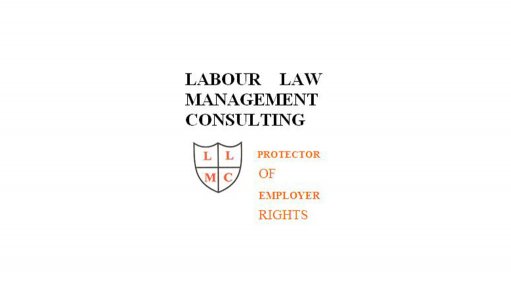
South African employees are so heavily protected by the Constitution, by labour legislation, by the Labour Courts the CCMA and trade unions that they are less often afraid to defy the employer’s instructions. For the employer the resulting insubordination is a nightmare. This is especially so where the employer is ill-equipped to deal with insubordinate employees and fails to understand:
- What insubordination really is
- How it differs from disrespect
- What a reasonable instruction is
- When a charge of insubordination is not appropriate
- How seriously the law views insubordination
- How it should be dealt with
What is insubordination?
The Collins Concise Dictionary defines “insubordinate” as “not submissive to authority, disobedient or rebellious”. It is the refusal of an employee to bow to the authority exercised reasonably by the employee’s superior. This could include conduct such as:
- Refusal or intentional failure to obey reasonable and lawful instructions
- Comments such as “You have no authority over me”
- Telling the manager to go and get what he/she wants from someone else
Insubordination vs disrespect
Insubordination applies only upwards and can only be perpetrated by a junior towards a senior. Disrespect, on the other hand, can apply upwards and downwards. For example, it would be disrespectful for a manager to shout at an employee and tell him/her to ‘get out of the office’. Disrespect is therefore not necessarily linked to a person’s position of authority but can also be linked to one’s human dignity.
What is a reasonable instruction?
In my view a reasonable instruction is one that:
- The employee is capable of carrying out and
- Involves a task that is not substantially beneath the employee and
- Does not infringe the rules of the employer or the laws of the country and
- Involves a task that truly needs to be done.
For example, if the boss tells the Human Resources Manager on a 4-day week contract to come in on the weekend to repair the faulty elevator the HR Manager might be entitled to refuse because The HR Manager is being required to carry out a task:
- That is completely outside the sphere of the HR Manager’s duties
- Outside of the HRM’s capabilities
- Assigned for a time that is not normally worked
- That, if carried out by the HRM, could result in danger to users of the elevator.
However, telling the HRM to conduct recruitment interviews because the HR Officer is in hospital would, in most cases, be both legal and reasonable.
When a charge of insubordination is not appropriate
Insubordination is not the same as poor work performance. That is, poor work performance relates to how badly the employee has performed work or missed deadlines. While poor work performance can sometimes be wilful there is usually some work that is done albeit badly and the poor performance occurs regardless of whether the employee has been given an instruction. On the other hand Insubordination means the employee’s refusal to obey a specific instruction whether the instruction relates to work performance or not.
Employers confuse these two concepts at their peril. For example, in the case of Fourie vs Capitec Bank (2005, 1 BALR 29) the employee was dismissed for insubordination. The dismissal decision was influenced by the fact that the employee had previously received a final warning for poor work performance. The arbitrator found the dismissal to be unfair because these were not two like offences.
Also, an employee might fail to carry out an instruction because:
- The equipment used is really faulty
- The employee truly does not have the required skill
- The employee is genuinely disabled
These examples do not amount to insubordination because the employee is not refusing to carry out the instruction.
Written by lvan lsraelstam, Chief Executive of Labour Law Management Consulting. He may be contacted on (011) 888-7944 or 082 852 2973 or on e-mail address: ivan@labourlawadvice.co.za.
First published by SA Labour Guide